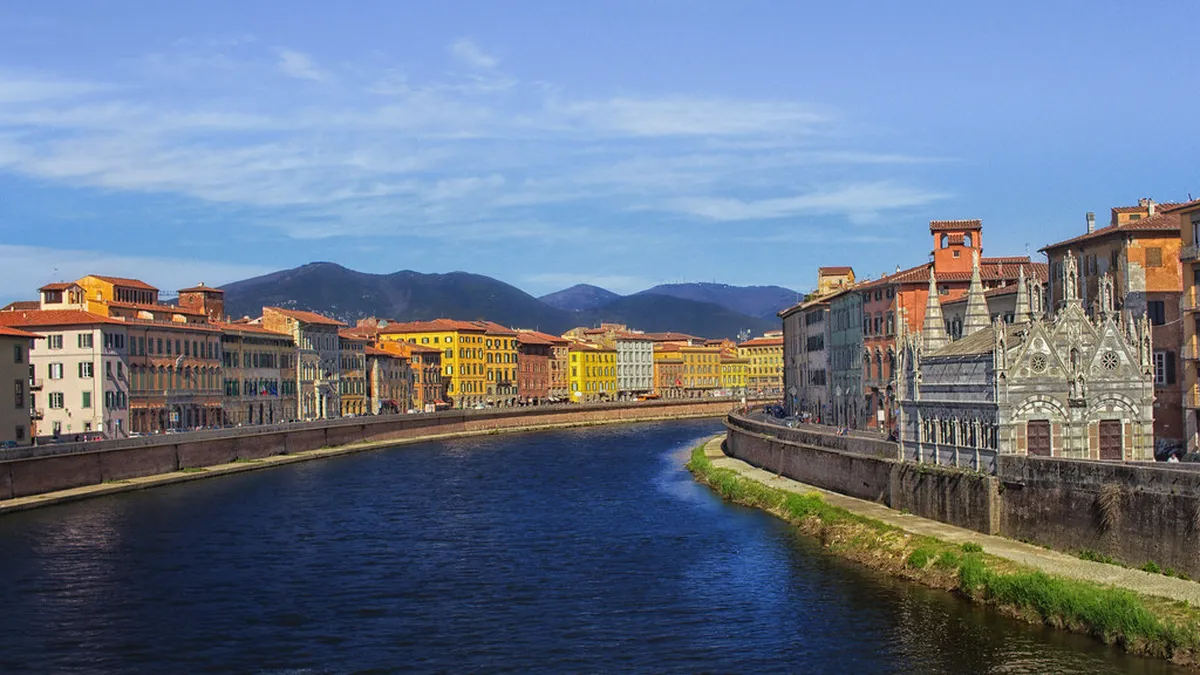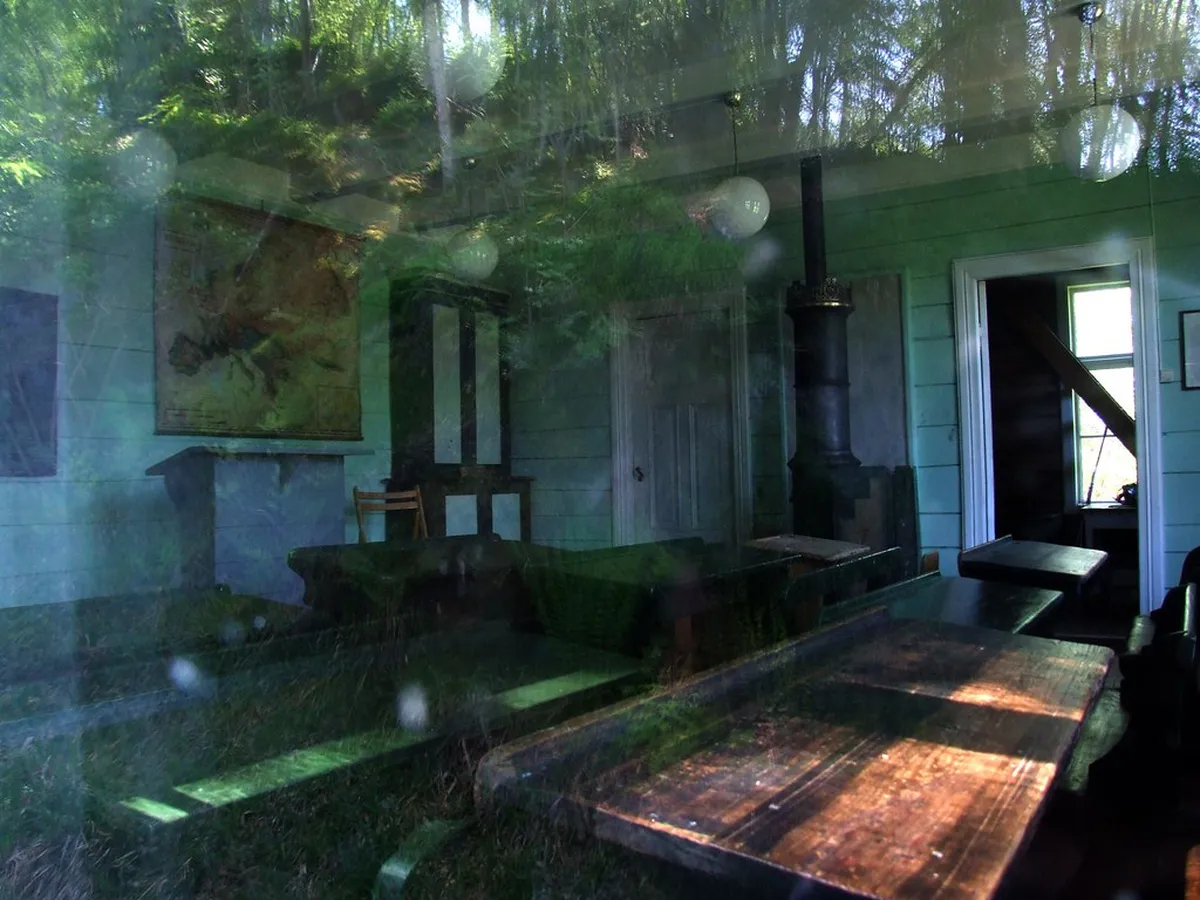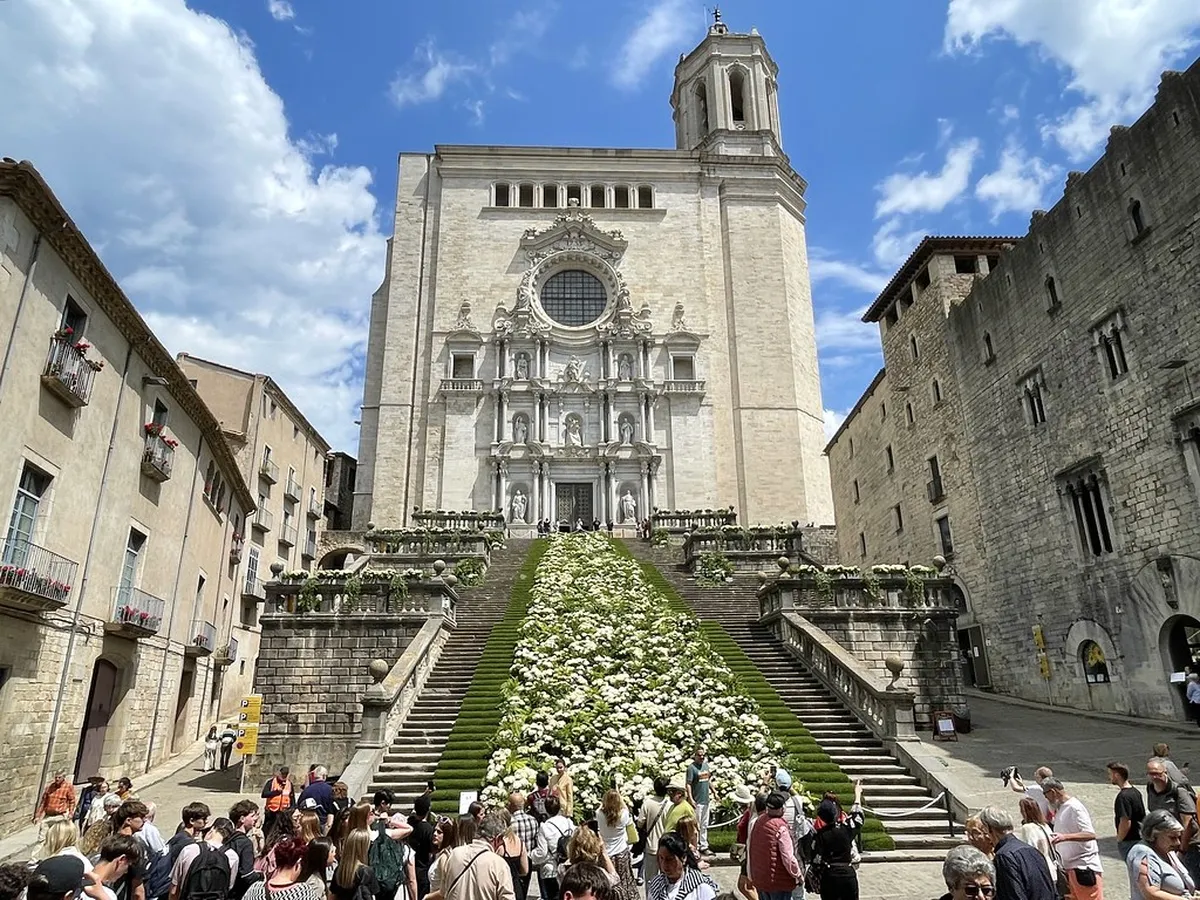Tokyo Nightlife and Entertainment Guide: Best Bars, Clubs & Experiences for 2025
When the sun sets, Tokyo transforms from a bustling metropolis into an electric playground of neon lights, vibrant entertainment, and endless possibilities. The city's nightlife scene offers something for everyone, from intimate jazz bars to massive nightclubs, traditional cultural performances to futuristic entertainment complexes. This comprehensive guide explores Tokyo's diverse after-dark experiences, helping you navigate one of the world's most exciting nightlife destinations. Find the best shopping experiences with our Tokyo shopping guide.

Key Takeaways
Plan this trip faster with our free online itinerary maker. Get a personalized day-by-day plan in minutes.
- Navigate Tokyo's diverse drinking culture, from tiny Golden Gai bars to upscale cocktail lounges
- Discover the best nightlife districts including Shinjuku, Shibuya, and Roppongi
- Experience traditional Japanese entertainment like kabuki theater and sumo
- Enjoy Tokyo's renowned music scene with venues for jazz, live bands, and electronic music
- Find unique nighttime experiences from robot restaurants to midnight onsen
- Understand cultural etiquette and practical information for staying safe
- Plan your night out with transportation tips for navigating Tokyo after dark
Must-read guides for your Tokyo journey
- Tokyo Itinerary 4 Days: Your 2023 Guide - Unlock your adventure
- Tokyo Itinerary 5 Days: Visa & Trip Planning - Unlock your adventure
- Tokyo to Mt Fuji Day Trip by Train: Your Guide - Explore with confidence
Tokyo's Drinking Culture: From Izakayas to Cocktail Bars
Japanese drinking culture centers around community and craftsmanship, with Tokyo offering a staggering variety of drinking establishments that cater to every preference and budget. Organize your journey with our comprehensive Tokyo itinerary. Design your dream vacation using our Tokyo itinerary.
Izakayas: Japan's Answer to Gastropubs
Izakayas form the backbone of Japanese nightlife, offering an inviting atmosphere where food and drink receive equal emphasis. These tavern-like establishments range from traditional wood-paneled spaces to modern interpretations. Popular izakaya chains like Torikizoku and Kin no Kura provide affordable standardized experiences, while independent establishments offer more distinctive atmospheres. Find the best shopping experiences with our Tokyo shopping guide.
In Shinjuku's Memory Lane (Omoide Yokocho, sometimes called "Piss Alley"), tiny izakayas specializing in yakitori (grilled chicken skewers) and other grilled items create a nostalgic atmosphere reminiscent of post-war Tokyo. These cramped establishments often seat fewer than 10 customers, creating an intimate experience where you might find yourself conversing with locals despite language barriers. Structure your adventure with our detailed Tokyo itinerary. Enhance your Tokyo experience with our Tokyo itinerary.
Pro Tip: Most izakayas charge a small cover fee (otōshidai) of ¥300-600 upon seating. This isn't a tourist scam but a standard practice that typically includes a small appetizer. Enhance your Tokyo experience with our Tokyo itinerary. Find the best shopping experiences with our Tokyo shopping guide.
Craft Cocktail Bars: Perfecting the Art of Mixology
Tokyo has earned international acclaim for its craft cocktail scene, where bartenders elevate mixology to an art form. The city's best cocktail bars emphasize precision, quality ingredients, and presentation, often incorporating Japanese spirits and flavors. Map out your exploration with our Tokyo itinerary. Enhance your Beppu experience with our Beppu itinerary.
In Ginza, legendary establishments like Bar High Five and Star Bar showcase traditional Japanese bartending techniques with exquisite attention to detail. Bartenders hand-carve ice, measure ingredients with scientific precision, and create balanced flavor profiles that justify the premium prices (typically ¥1,500-2,500 per drink). Schedule your trip with our Takayama itinerary. Enhance your Hiroshima experience with our Hiroshima itinerary.
For contemporary interpretations, visit SG Club in Shibuya or Bar Benfiddich in Shinjuku, where innovative approaches include house-made infusions and unexpected ingredient combinations. Reservations are recommended for most high-end cocktail bars, particularly on weekends. Discover the best local cuisine with our Kagoshima food guide. Enhance your Naha experience with our Naha itinerary.
Golden Gai: Tokyo's Most Atmospheric Bar District
Golden Gai in Shinjuku presents a microcosm of Tokyo's drinking culture within six narrow alleys containing approximately 200 tiny bars, most seating between 5-10 patrons. Each establishment reflects its owner's personality—some themed around film, music, or literature, others simply reflecting decades of accumulated character. Discover the best local cuisine with our Tokyo food guide. Plan your journey with our Itinerary Maker.
While some bars in Golden Gai cater exclusively to regular customers, many welcome tourists, indicated by English menus or signs. Recommended tourist-friendly options include:
- Albatross – A Gothic-styled bar with English-speaking staff and an impressive drink selection
- La Jetée – A film-themed bar named after Chris Marker's 1962 short film, popular with cinephiles
- Champion – An energetic karaoke bar that welcomes international visitors
Expect to pay a cover charge (¥500-1,000) in most Golden Gai establishments, with drinks typically priced from ¥700-1,200. The district becomes lively after 9:00 PM and continues until the last trains depart around midnight.

Tachinomi: Standing Bars for Quick Drinks
Tachinomi (standing bars) offer an economical and authentic drinking experience. As the name suggests, customers stand while drinking, resulting in lower prices and a more casual atmosphere. These establishments typically serve simple food items to accompany drinks, with many specializing in specific beverages like sake, shochu, or whisky.
Near train stations, particularly in salary-person districts like Yurakucho and Shinbashi, tachinomi cluster under railway arches (yokocho). Ebisu Yokocho houses numerous standing bars and food stalls in a covered arcade, creating a lively atmosphere perfect for casual drinking and sampling diverse dishes.
Want insider tips for Tokyo?
- Tokyo Itinerary with Toddler: Family Fun Guide - Travel smarter
- Your Ultimate Japan Tokyo Itinerary: 10 Days - Your trip, your way
- Tokyo Street Food Guide: 20 Snacks You Can't Miss - Food lover's guide
Tokyo's Nightlife Districts: Where to Go After Dark
Each of Tokyo's nightlife districts offers a distinct atmosphere and entertainment options. Understanding their characteristics helps you choose the ideal area for your night out.
Shinjuku: Diverse Entertainment Wonderland
Shinjuku contains several discrete nightlife zones catering to different tastes. Kabukicho, Japan's largest entertainment district, features countless restaurants, bars, clubs, and adult establishments amid a sea of neon signs and touts. While parts of Kabukicho have a somewhat seedy reputation, the area has undergone significant redevelopment, with major hotel chains and entertainment complexes improving its accessibility.
Beyond Golden Gai, Shinjuku offers Ni-chome, Tokyo's primary LGBTQ+ district, with over 300 establishments ranging from tiny bars to dance clubs. Omoide Yokocho (Memory Lane) provides a more food-focused experience with its yakitori stalls and small izakayas under the railway tracks.
| Nightlife District | Best For | Typical Crowd |
|---|---|---|
| Shinjuku Kabukicho | Range of entertainment, from casual to upscale | Mixed Japanese and international, tourists, salarymen |
| Golden Gai (Shinjuku) | Atmospheric small bars, authentic experiences | Mix of locals and tourists, creative types |
| Shibuya | Clubs, youthful energy, fashion-forward venues | Younger crowd, university students, fashion-conscious |
| Roppongi | International clubs, upscale bars, foreigner-friendly | Expats, international tourists, cosmopolitan Japanese |
| Ginza | Upscale cocktail bars, hostess clubs, sophistication | Business professionals, older affluent crowd |
| Shimokitazawa | Live music, indie atmosphere, creative venues | Artists, musicians, hipsters, younger crowd |
Shibuya: Youthful Energy and Club Scene
Shibuya attracts a younger crowd with its fashion-forward clubs, innovative bars, and energetic atmosphere. The area around Center Gai and Dogenzaka contains numerous music venues, clubs, and bars catering to diverse tastes.
Major clubs like Womb feature internationally renowned DJs and state-of-the-art sound systems, while Sound Museum Vision hosts diverse music events spanning electronic genres. For live music, Shibuya Cyclone and O-nest showcase local and international bands in intimate settings.
Distinctive Shibuya drinking experiences include Nonbei Yokocho (Drunkard's Alley), a narrow street near the station housing tiny bars reminiscent of Golden Gai but with a slightly younger clientele.
Roppongi: International Playground
Roppongi has long been Tokyo's most international nightlife district, with numerous establishments catering specifically to foreign residents and tourists. The area contains major nightclubs like V2 Tokyo and 1 OAK Tokyo, drawing celebrity DJs and a cosmopolitan crowd.
Beyond clubbing, Roppongi offers sophisticated options like the New York Bar at the Park Hyatt Tokyo (made famous in "Lost in Translation") and innovative cocktail experiences at Gen Yamamoto, where seasonal ingredients feature in multi-course cocktail tasting menus.
While Roppongi provides Tokyo's most accessible nightlife for non-Japanese speakers, be aware that the district also attracts touts promoting questionable establishments. Stick to recommended venues and exercise caution with unsolicited invitations.
Pro Tip: Many clubs in Roppongi and Shibuya offer discounted or free entry before a certain time (typically 11:00 PM) or with advance online reservations. Check official websites or social media for current promotions.
Recommended reading to enhance your Tokyo experience
- Tokyo Itinerary 5 Days: Your Ultimate Guide - Make the most of your time
- Bullet Train Japan Travel Times: Your Shinkansen Guide - Map out your exploration
- Tokyo Itinerary: 10 Romantic Days for Couples - Unlock your adventure
Tokyo's Music Scene: From Jazz Joints to Rock Venues
💡 Pro Tip: Book your Tokyo adventures in advance through Viator for the best deals!
Tokyo boasts one of Asia's most vibrant music scenes, with venues catering to every genre from traditional jazz to experimental electronic music.
Jazz Bars: Intimate Musical Experiences
Tokyo's reverence for jazz manifests in numerous specialized bars where serious music appreciation takes precedence over casual socializing. Blue Note Tokyo hosts international jazz stars in an upscale setting, while Cotton Club in Marunouchi features both Japanese and international performers in an elegant atmosphere.
For more intimate experiences, Shinjuku Pit Inn presents daily performances in a casual setting with affordable cover charges. Body & Soul in Minami-Aoyama maintains a reverent atmosphere where talking during performances is discouraged, allowing complete immersion in the music.
Live Houses: Local and International Acts
Tokyo's "live houses" range from tiny venues featuring emerging artists to mid-sized halls hosting established acts. Shimokitazawa serves as a hub for indie music, with venues like Shimokitazawa Shelter and ERA showcasing alternative acts in intimate settings.
Larger venues such as Liquidroom in Ebisu and O-East in Shibuya attract international artists and established Japanese performers across genres from rock to electronic. For experimental and underground music, SuperDeluxe in Roppongi hosts innovative performances spanning genres and artistic disciplines.
When attending live houses, expect to pay a cover charge (typically ¥2,000-4,000) that usually includes one drink. Most venues publish their monthly schedules online, with tickets available in advance through Japanese ticketing services or at convenience stores.
Traditional Entertainment: Cultural Performances
Tokyo offers numerous opportunities to experience traditional Japanese performing arts in both authentic and tourist-friendly formats.
Kabuki: Classical Japanese Theater
The Kabukiza Theatre in Ginza presents Japan's most prestigious kabuki performances. While full productions last several hours, visitors can purchase single-act tickets on the day of performance for approximately ¥1,000-3,000. English audio guides provide context for the stylized performances, which combine drama, dance, and music in a tradition dating back over 400 years.
Sumo: Japan's National Sport
Outside of the grand tournaments (held in January, May, and September at Ryogoku Kokugikan), visitors can experience sumo culture by attending morning practice sessions (asageiko) at sumo stables. These practices typically begin around 6:00 AM and require advance arrangements through a Japanese-speaking contact or tour company.
For a more accessible sumo experience combined with dining, chanko nabe restaurants (serving the hearty stew that constitutes wrestlers' main meal) around the Ryogoku area often employ former wrestlers as staff. Chanko Kirishima and Chanko Tomoegata provide authentic chanko meals in sumo-themed settings.
Geisha Performances: Refined Traditional Arts
While Tokyo's geisha districts are less prominent than Kyoto's, Asakusa maintains a small community of geisha (referred to as geigi in Tokyo) who perform traditional dance, music, and games. The Asakusa Culture Tourist Information Center occasionally hosts public geisha performances, while private experiences can be arranged through specialist tour operators or high-end ryokans.
Unique Nighttime Experiences: Only in Tokyo
Beyond conventional nightlife, Tokyo offers distinctive entertainment experiences found nowhere else in the world.
Robot Restaurant: Sensory Overload
Shinjuku's infamous Robot Restaurant delivers a sensory bombardment of lights, music, and outlandish performances featuring giant robots, taiko drummers, and dancers in fantastic costumes. While more tourist spectacle than authentic Japanese culture, this over-the-top show provides an unforgettable Tokyo experience. Book tickets in advance for discounted rates (approximately ¥8,000 instead of the ¥10,000 door price).
Karaoke: Sing Your Heart Out
Karaoke represents an essential Japanese nightlife experience, with venues ranging from lavish private rooms to intimate "karaoke snack" bars where strangers sing together. Major chains like Big Echo and Karaoke-kan offer private rooms (typically ¥1,000-3,000 per hour depending on time and drinks), while Himawari in Shibuya operates one of Tokyo's few remaining karaoke boxes with coin-operated machines.
For solo karaoke enthusiasts, 1Kara locations provide single-person booths rented by the half-hour. Most major chains offer extensive English song selections and all-you-can-drink packages that provide excellent value for groups.
Midnight Onsen: Relaxation After Dark
Thermae-Yu in Shinjuku and LaQua at Tokyo Dome City offer hot spring bathing experiences until the early morning hours, perfect for relaxation after a night out. These modern bathhouse complexes include multiple baths, saunas, and relaxation areas with reasonable entry fees (¥2,000-3,000).
For a more comprehensive hot spring theme park experience, Oedo Onsen Monogatari in Odaiba recreates an Edo-period townscape with restaurants, games, and bathing facilities, though note that it closes at 11:00 PM.
Nightlife Etiquette and Practical Information
Understanding a few cultural norms and practical considerations enhances your Tokyo nightlife experience while avoiding potential pitfalls.
Cultural Etiquette
Nomikai (drinking parties) follow certain traditional practices in Japan. At izakayas, it's customary to begin with a toast ("Kampai!") before drinking. Many establishments provide oshibori (wet hand towels) before serving food or drinks—use these to clean your hands, not your face or neck.
When drinking with Japanese companions, observe the practice of pouring drinks for others rather than for yourself, and allow others to reciprocate. This mutual service reinforces social bonds and shows consideration.
In higher-end bars, particularly traditional ones, speak quietly and respect the craftsmanship of the bartenders. Photography policies vary significantly between establishments—always ask permission before taking photos, especially in smaller or more exclusive venues.
Practical Information
Cover charges are standard at many Tokyo bars and clubs, typically ranging from ¥500-3,000 depending on the establishment. Many clubs charge higher rates for men than women, with some offering "ladies' nights" with reduced or waived entry fees.
Dress codes apply at upscale venues and many clubs. As a general rule, avoid sportswear, overly casual attire, and open-toed shoes when visiting higher-end establishments. Some clubs specifically prohibit items like hats, tank tops, or visible tattoos—check venue websites for specific requirements.
Smoking regulations have evolved significantly in recent years, with many larger establishments now providing separate smoking areas rather than allowing smoking throughout. However, smaller bars may still permit smoking, so be prepared if you're sensitive to smoke.
Transportation Considerations
Tokyo's subway and train system generally stops operating around midnight, with the last trains departing major stations between 12:00-1:00 AM. Plan your night accordingly, considering these options:
- Taxis provide reliable but expensive transportation after trains stop. Fares start at approximately ¥410 for the first kilometer, with rates increasing around 20% between 10:00 PM and 5:00 AM.
- Night buses operate limited routes after trains stop, primarily serving major hubs like Shibuya and Shinjuku.
- Karaoke and internet cafés offer affordable places to pass time until the first morning trains begin around 5:00 AM, a common practice known as jisa among locals.
For comprehensive transportation information, including night bus routes and scheduling details, consult our Tokyo Transportation Guide.
Pro Tip: Before heading out for the night, check the time of your last train home using transit apps like Japan Transit Planner or Google Maps. Keep in mind that specific train lines may stop earlier than others, even from the same station.
Budget-Friendly Nightlife Options
Tokyo's reputation for expensive entertainment isn't entirely undeserved, but budget-conscious travelers can still enjoy the city's nightlife without excessive spending.
Convenience store drinking represents Tokyo's most economical option, with major chains like 7-Eleven, Lawson, and Family Mart selling quality alcoholic beverages at retail prices. Many stores provide small seating areas, while public spaces like Yoyogi Park permit responsible alcohol consumption.
Standing bars (tachinomi) offer economical drinking experiences, with many charging no cover fee and serving drinks for ¥300-600. Hoppy Street in Asakusa features numerous affordable standing bars specializing in beer and shochu highballs.
Happy hours exist at many international-style bars, particularly in areas like Roppongi and Akasaka that cater to business crowds. Two Dogs Taproom in Roppongi and Hub pub chain locations offer extended happy hours with significant discounts on drinks.
For more comprehensive budget strategies for Tokyo, see our Tokyo Budget Travel Guide, which includes sections on economical dining and drinking.
Frequently Asked Questions
🎯 Insider Tip: Discover the best Tokyo experiences with Viator Tours!
Is Tokyo's nightlife safe for foreign visitors?
What are typical operating hours for Tokyo's nightlife establishments?
Do I need to speak Japanese to enjoy Tokyo's nightlife?
What should I do if I miss the last train?
Are credit cards widely accepted in Tokyo's nightlife establishments?
Are there any taboos or behaviors to avoid when enjoying Tokyo's nightlife?
Tokyo after dark offers endless possibilities for memorable experiences, from traditional cultural performances to futuristic entertainment complexes. By understanding the unique characteristics of different nightlife districts and the diversity of options available, you can craft unforgettable evenings that showcase the city's distinctive character. Whether you're seeking sophisticated cocktail bars, energetic clubs, intimate live music, or cultural performances, Tokyo's nighttime offerings constitute an essential dimension of this fascinating metropolis.
For planning your Tokyo trip beyond the night scene, refer to our Tokyo Itinerary for day-to-night activity recommendations, or explore our Tokyo Neighborhoods Guide to understand the distinct character of each district.
Looking for more Tokyo insights?


